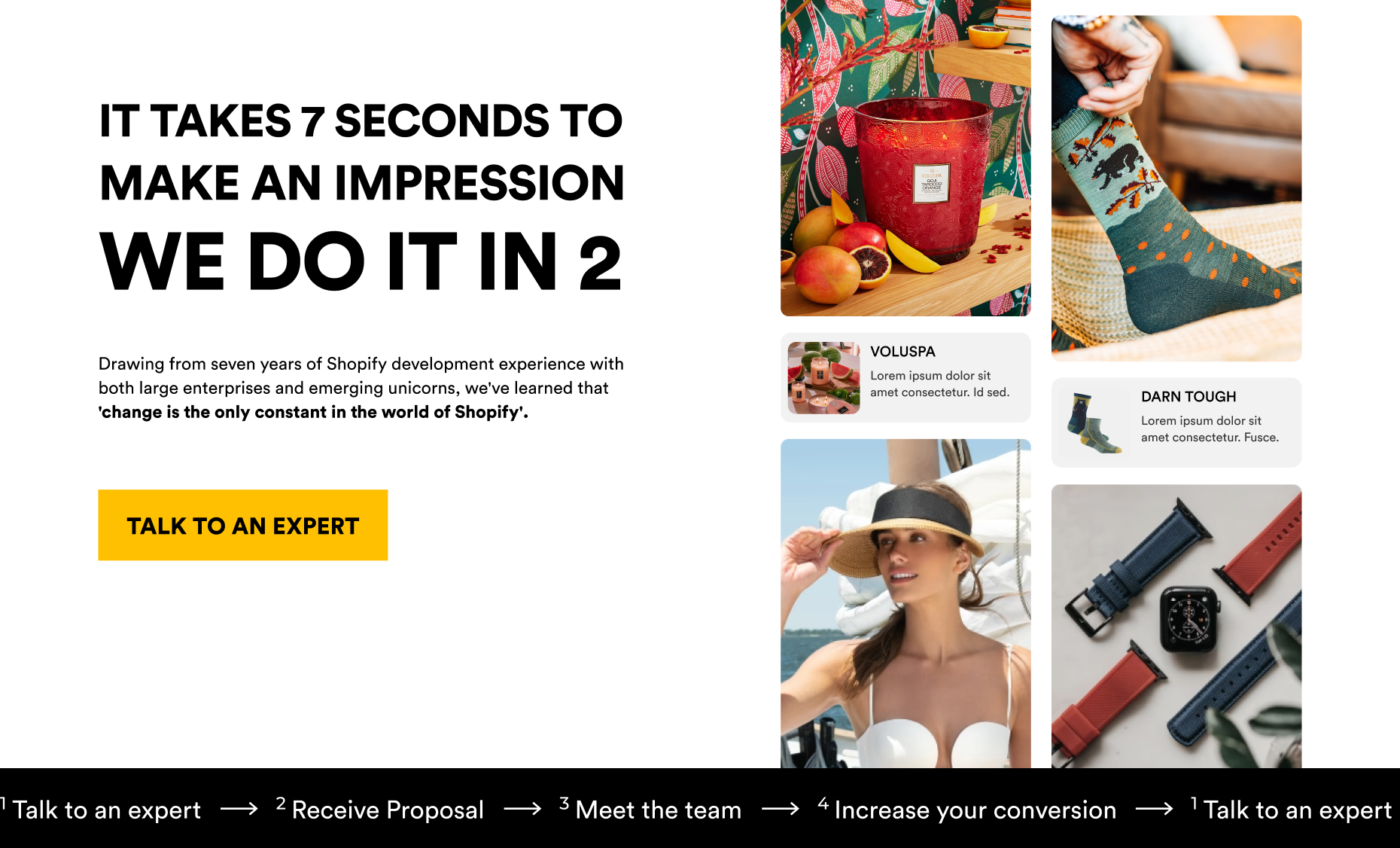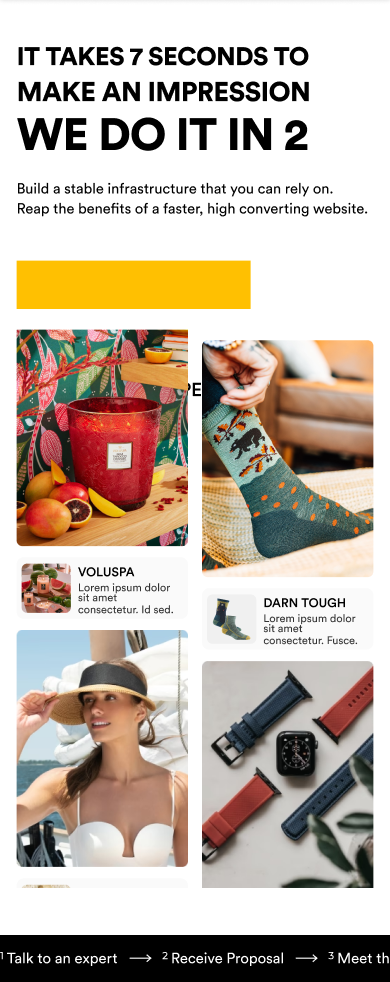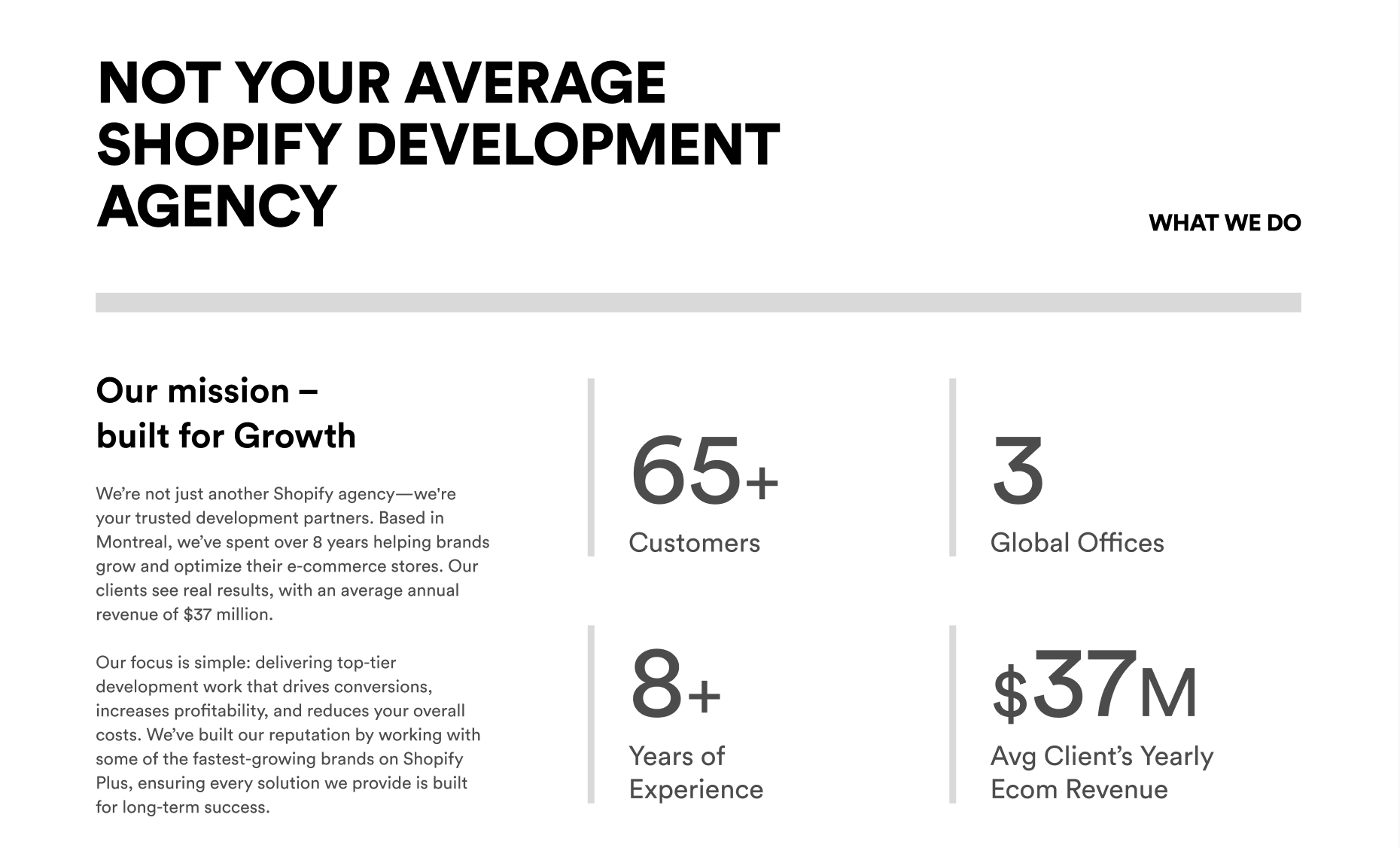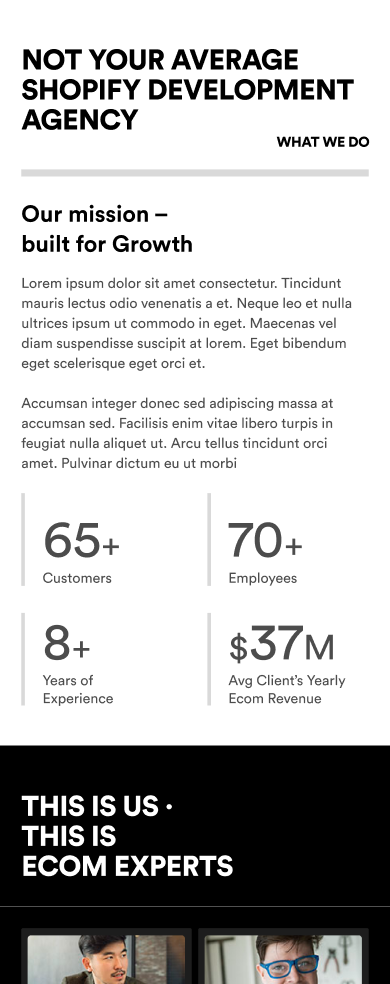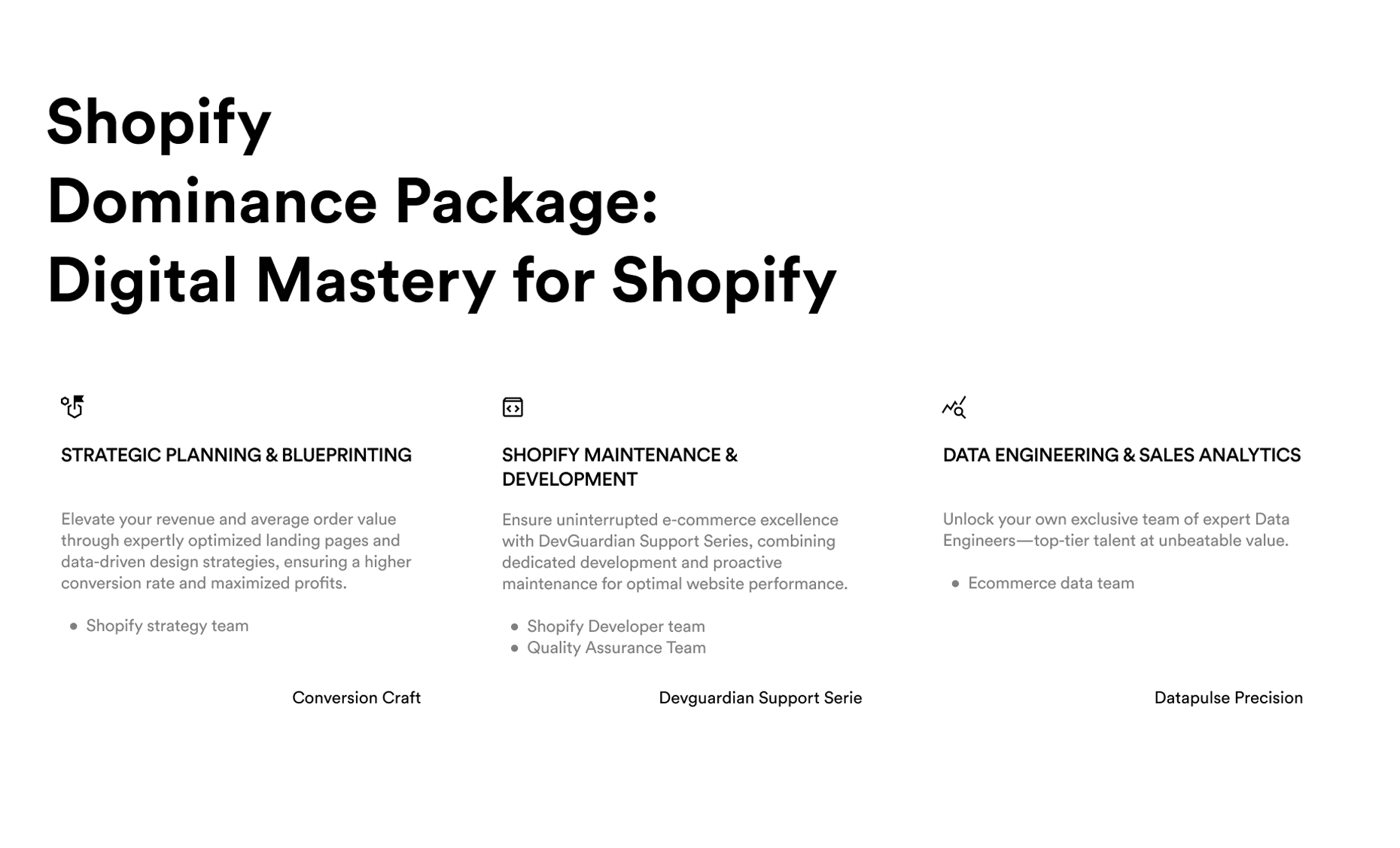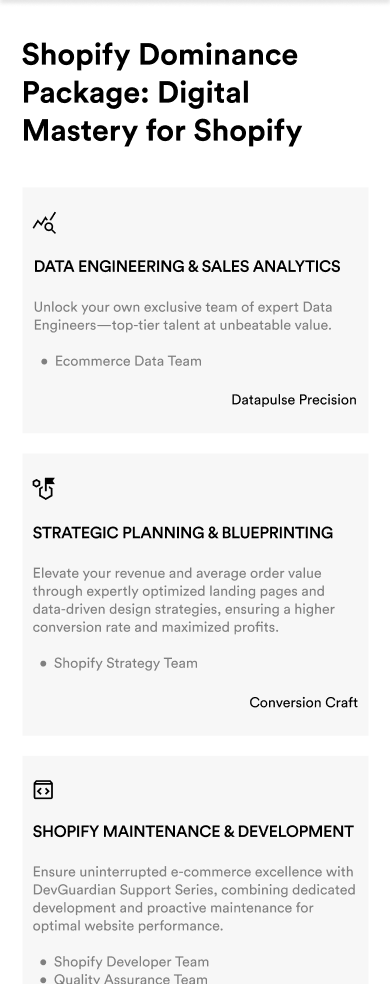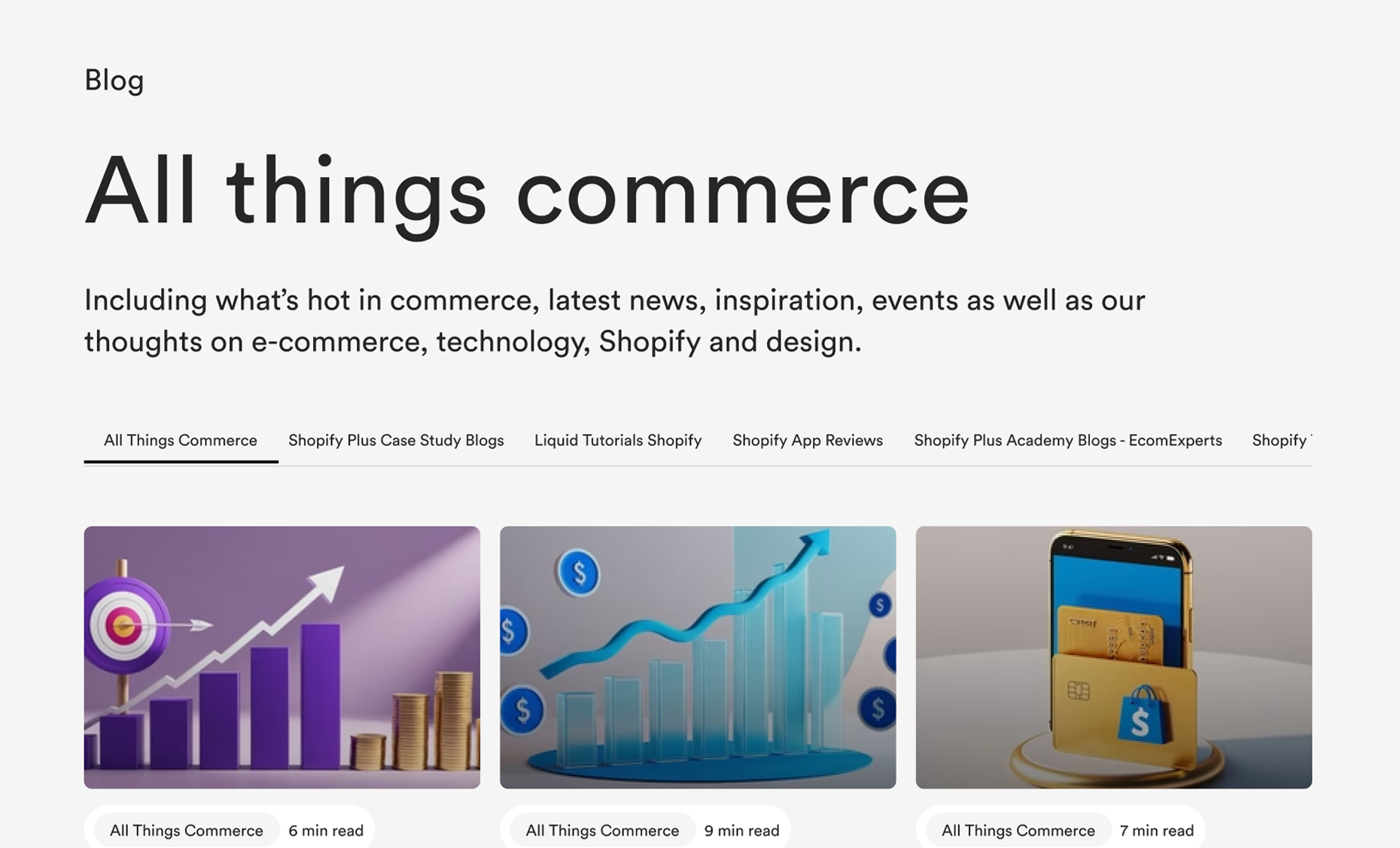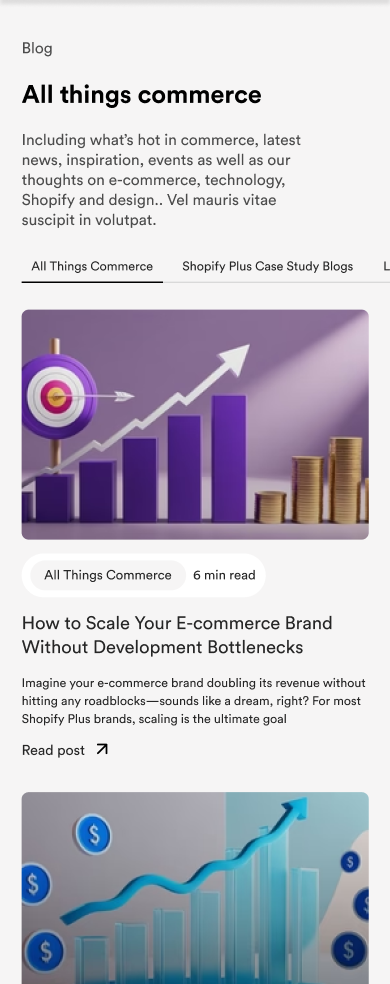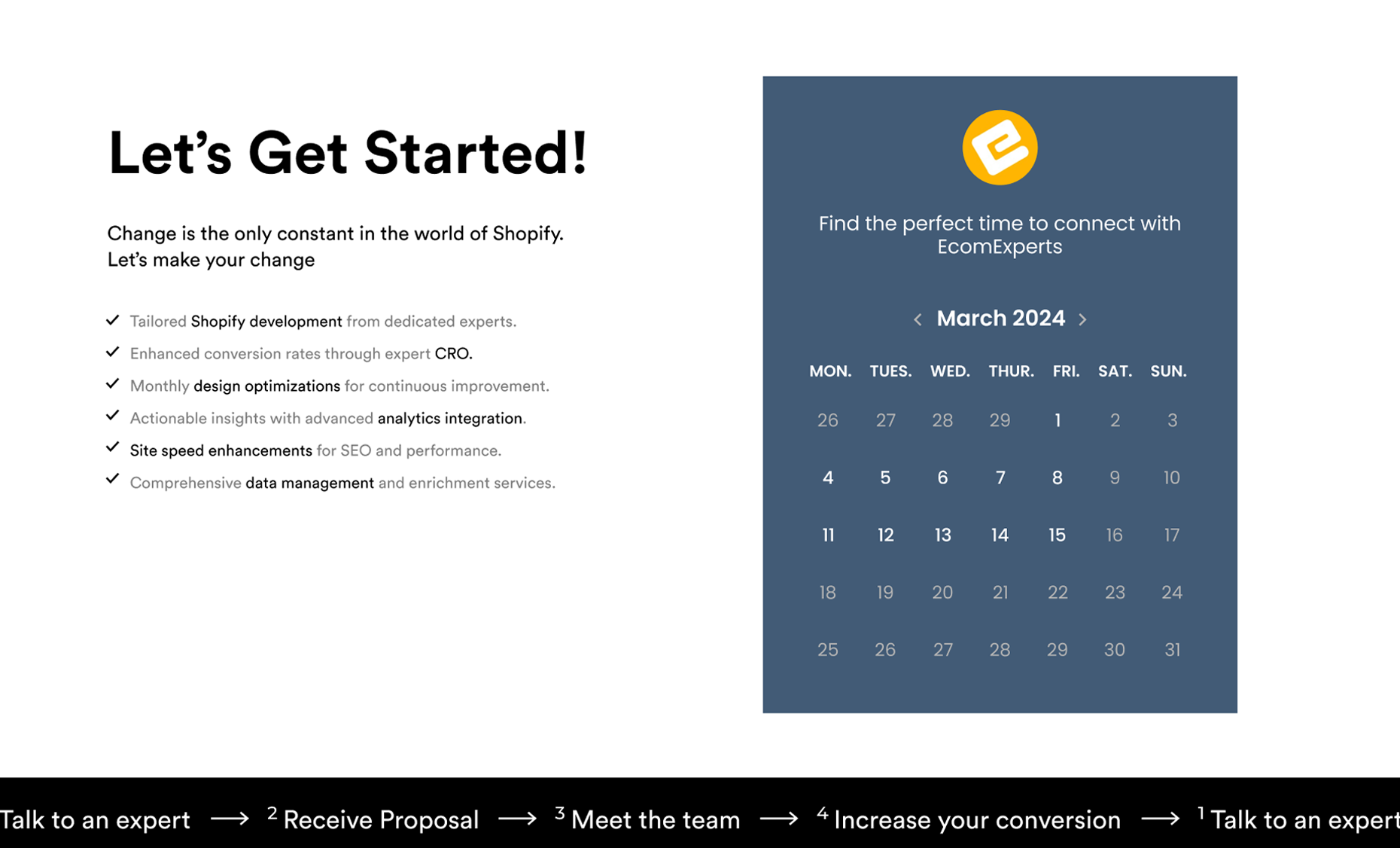- To start using the Zipify Pages Builder and Editor App, search for it on your Shopify store. Next, click on installations, and you can start using the Zipify Pages Builder and Editor App.
- Once installed, the dashboard opens. Zipify is already integrated with Shopify; hence you do not need subdomains to get your landing pages hosted live. You can publish custom sites that look exactly like your store using Zipify pages.
- To create your sales page, click on the "New Page" button here; you can choose a template from 30 sample templates. Filter your template choice using the type of page, or you can also choose to custom build.
- In this instance, we would use a blank page. Click on "create a new blank page" when the new window pops up; you can now give your page a name, tags and finally click on "create" when done.
- To use the drag and drop editor, just check the left-hand corner of the page, and you can choose:
- Headers: placed at the top of your Zipify page, including access to other pages in your Shopify store. However, to make sure visitors browse the product on the page, be sure to add clear CTAs throughout the page.
- Buy Boxes: with this, you can add products from your Shopify store. Using this, you can compare prices between high-value and low-value products and showcase the best deal when buying in bulk.
- Timers: to limit your sales period and emphasize scarcity.
- Dividers: to separate sections or highlight special areas.
- Plugins: provide you with additional features such as adding a comment section or review sections to your page.
- Video
- Images
- CTAs (i.e., Call To Actions): allows you to turn visitors into customers. You can use CTAs to send visitors to the checkout or access a free download in exchange for their email opt-in.
- General Content: provides you with sections to add any relevant information to your products, services, or promotions.
- Footers: can be used to add your copyright, terms and conditions, privacy policy, links to your shop, and much more.
- Existing Block: which is quite interesting; with this, you can import any of your existing blocks to the new page.
Using the drag and drop builder created by Zipify, you can create your own page. Another special feature is that it lets you create a mobile or tablet page by hiding or showing specific blocks. You can also block parts of your page for a clutter-free desktop-optimized page.
Zipify integrates with Facebook, Google Analytics, and your own products. Using its in-built split-testing functionality, you can create variations to your pages. Once this is done, Zipify automatically splits your traffic between them to gauge each pages' performance, giving you a way to try new ideas and see their impact on your page.
- Finally, make your Shopify landing page live by clicking the "publish" button. For SEO purposes, be sure to create a meta title. Description and your URL handle, then click on publish again.
What is Zipify Pages Builder and Editor App?
Developed and launched in 2016 by Ezra Flintstone, one of the biggest experts in eCommerce optimization, Zipify Pages Builder and Editor App has helped Shopify store owners design their landing pages.
Created by a top 100 eCommerce store, Zipify Pages Builder and Editor app prides itself in knowing exactly what your eCommerce store needs to stand out from the crowd. Each page in its template builder is built from a tested campaign that has generated millions in revenue and leads.
Using its drag and drop builder, you can customize your Shopify store's landing pages and funnels to match any of your favorite top stores. You can go the extra mile to design your landing page based on your taste using this page builder and editor.
This app can be used by both beginners and expert developers in designing Shopify landing pages and sales funnels.
Mobile
Mobile responsiveness is crucial for every eCommerce store. This is because if your pages are buggy or ugly, you won't make sales no matter how good your offer is. Our test of the Zipify Pages Builder and Editor App showed that it loads impressively on mobile, and everything looks good.
Customer support
There's a live chat option for customer support using the Zipify Pages Builder and Editor App. We tested how quickly agents reply to help requests, and it took only 2 minutes for a response.


